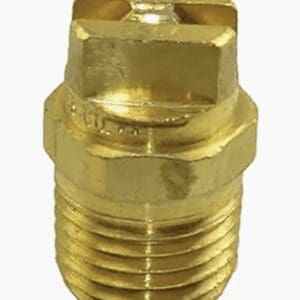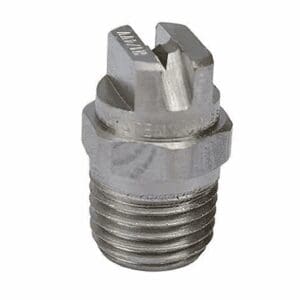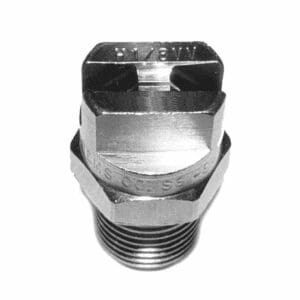Brass & Stainless Steel Fittings
Frequently asked questions
1. How do I know whether to choose brass or stainless steel fittings for my setup?
It depends on your operating environment and equipment use.
- Brass fittings are corrosion-resistant and ideal for general cleaning systems and water-based applications.
- Stainless steel fittings offer superior durability under high pressure or chemical exposure.
If you work in restoration or flood recovery, stainless steel fittings are often the better long-term investment.
2. Are your fittings compatible with most professional cleaning and extraction systems?
Yes. Our fittings are precision-engineered to fit a wide range of truckmounts, extractors, and portable cleaning systems used across Australia. Each product includes detailed sizing and thread specifications to ensure a secure, leak-free connection with your existing equipment.
3. Do high-quality fittings really affect equipment performance or longevity?
Absolutely. Poor-quality or mismatched fittings can lead to leaks, pressure loss, and premature wear on hoses or pumps. By using high-grade brass and stainless steel fittings, you ensure consistent pressure, reduced downtime, and better overall system efficiency, saving time and money in the long run.
4. Can I replace my fittings myself, or should they be professionally installed?
Most fittings can be replaced easily if you have basic mechanical knowledge. However, for high-pressure systems or truckmount setups, we recommend professional installation to guarantee proper sealing and alignment. Our team at ASE also offers expert fitting and servicing to ensure your system runs safely and efficiently.
5. Are your fittings resistant to corrosion and chemical exposure?
Yes. Both our brass and stainless steel fittings are selected for their exceptional corrosion resistance. Stainless steel is especially resistant to harsh cleaning agents, hot water, and high-pressure conditions, making it a preferred choice for long-term durability in commercial environments.



